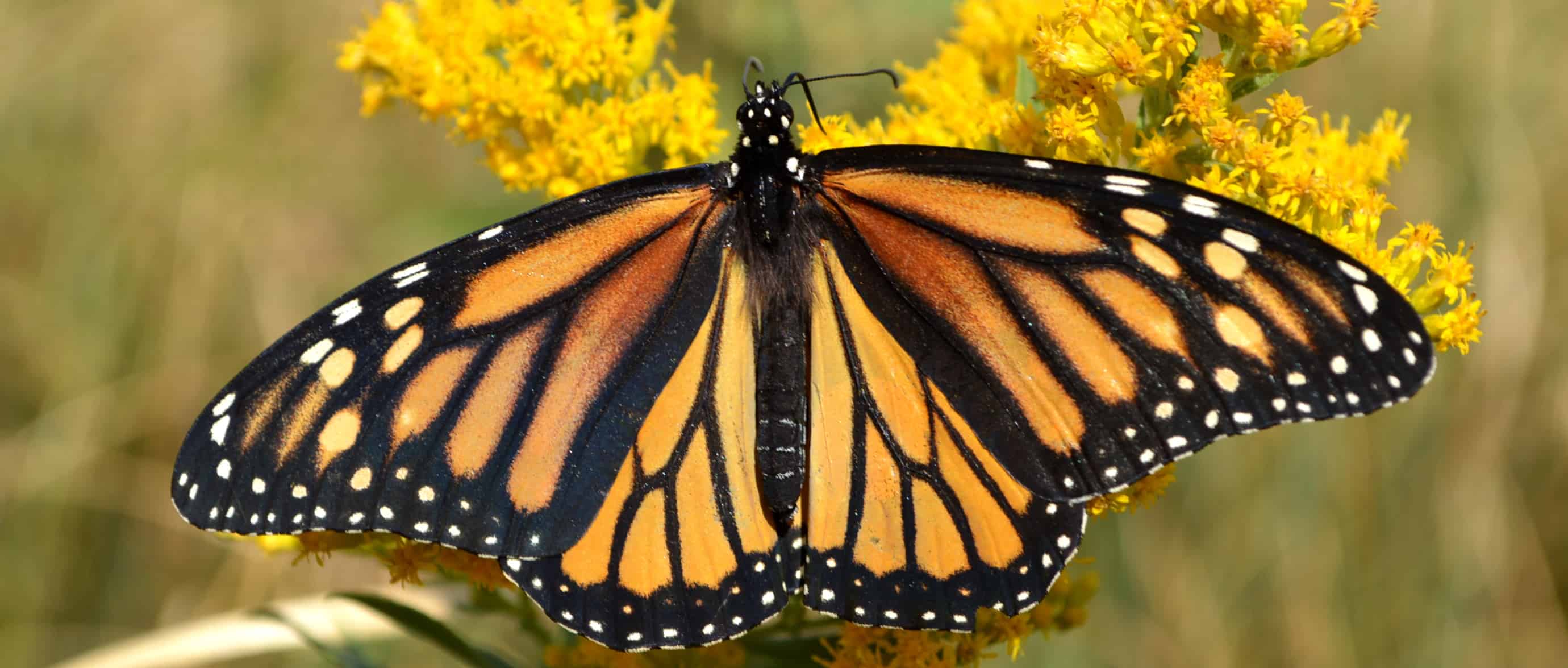Share this article
Western states adopt plan for monarch conservation
Monarch butterfly (Danaus plexippus plexippus) populations have declined steeply since the 1990s, prompting the U.S. Fish and Wildlife Service to determine that monarchs may warrant listing under the federal Endangered Species Act. To help address the population decline and prevent the listing of the species, seven western states joined together through the Western Association of Fish and Wildlife Agencies to develop a Western Monarch Conservation Plan, which sets forth population and habitat objectives for the western population of the iconic species.
There are two main monarch populations, the Mid-American population and the Western population. The Mid-American monarchs are found in the United States east of the Rocky Mountains and winter in Mexico. The Western population is smaller, overwintering in California and spending the rest of the year in Washington, Oregon, California, Idaho, Nevada, Utah and Arizona.
The conservation plan’s population objective would nearly double the most recent population estimate for western monarchs, calling for a five-year running average of 500,000 monarch butterflies by 2029. The plan also calls for creating an additional 50,000 acres of habitat in California’s Central Valley and nearby foothills, as well as establishing protection and management for 50 percent of all currently known and active monarch overwintering sites, including 90 percent of the most important overwintering sites.
The new Western Monarch Conservation Plan joins the Mid-American Monarch Conservation Plan, which was finalized by Midwestern states and partners in June, as well as a Monarch Joint Venture, which is working to protect monarchs across the contiguous United States.
Recent population declines, due to factors such as habitat loss, pesticides, climate change, disease, parasites and predation led several organizations to petition the USFWS in 2014 to list the monarch as threatened under the Endangered Species Act. Since then, several efforts have begun to help conserve the insect, including designation as a national priority species.
The USFWS initially determined that listing the monarch may be warranted and has been working to assess the monarch’s status over the last several years. A listing decision is expected by June.








